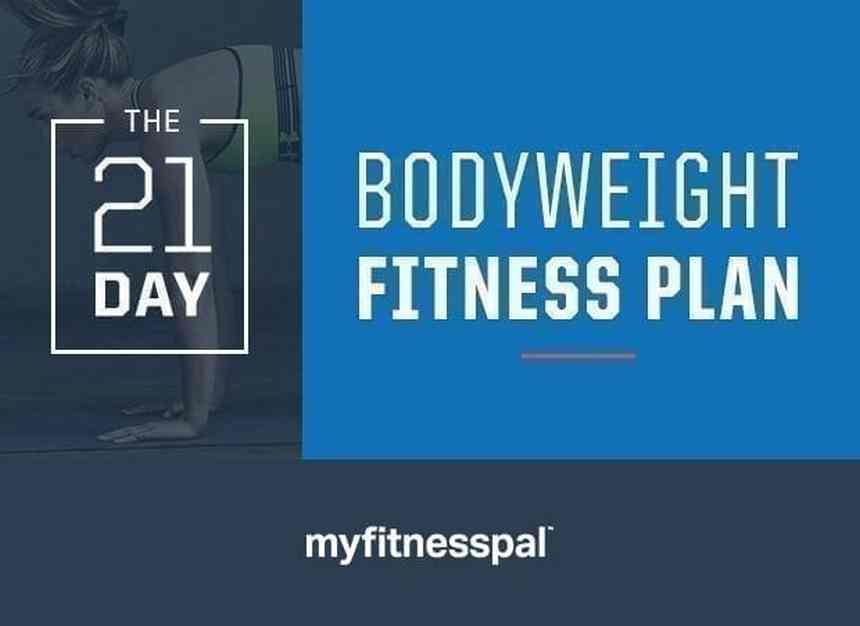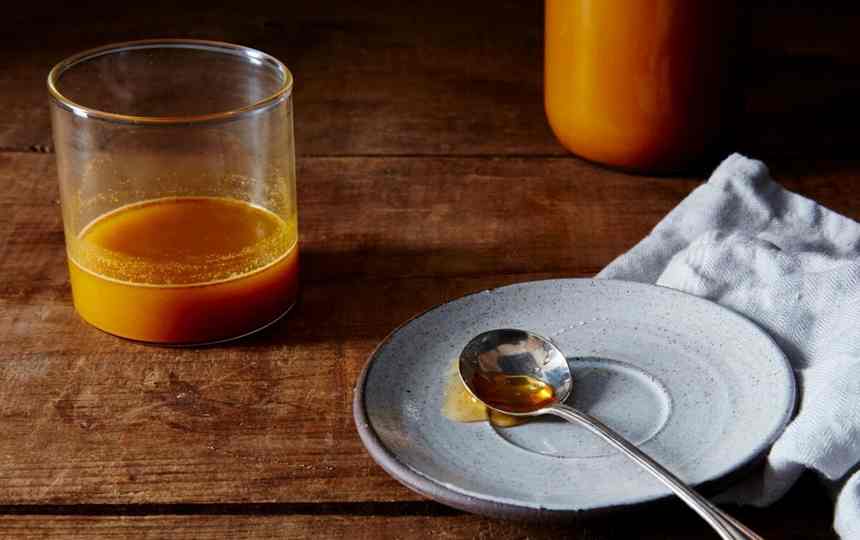A devoted, common yoga follow is nice. However what’s higher is the yogi who cross-trains.
Flexibility and power go collectively like cat-and-cow pose. One with out the opposite creates imbalances throughout the physique and will increase the potential of getting injured. Incorporating power coaching can remodel your follow, strengthening muscle groups for poses that challenged you earlier than. (I’m you, chaturanga.)
Listed here are six strength-building strikes to assist counterbalance widespread yogi imbalances and energy up your follow.
BICEP CURLS
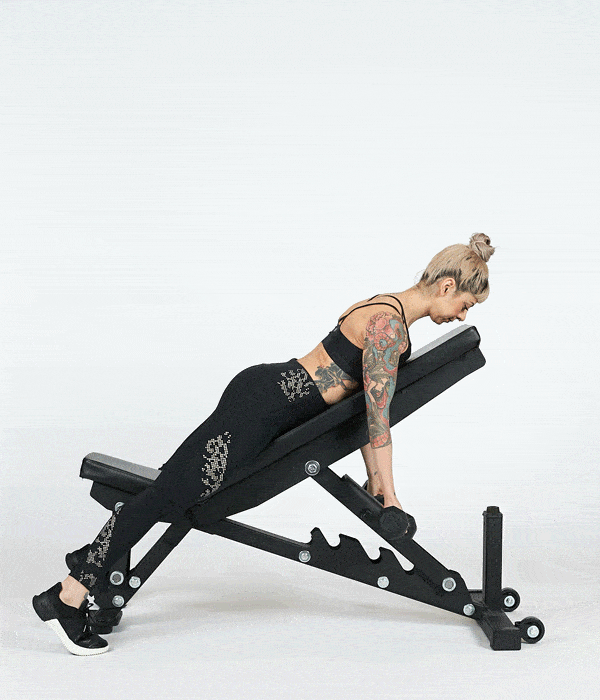
Why: Poses like chaturanga and plank construct pectoral and tricep power, however there’s much less deal with the biceps, rhomboids, deltoids and lats in yoga.
The transfer: Stand tall, toes hip-width aside, in mountain pose holding a dumbbell in every hand together with your arms at your sides. For extra help, lean on an incline bench with arms hanging towards the ground. Be certain your elbows are near your torso and palms face ahead. Maintain your higher arms secure, exhale and curl the weights as much as shoulder peak whereas contracting your biceps. Inhale and decrease the weights to the beginning place.
RENEGADE ROWS
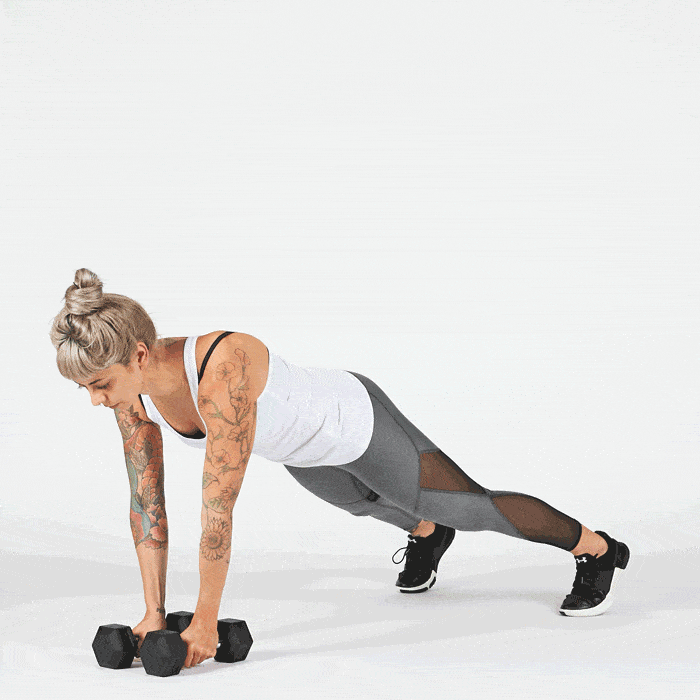
Why: Many yogis discover their anterior deltoids are tight whereas the center and posterior deltoids are weak. Rows will help strengthen the center and posterior deltoids in addition to develop postural help and upper-body power.
The transfer: Begin in your fingers and knees (in table-top) with a dumbbell in every hand, beneath your shoulders. Preserving your arms near your torso, exhale and pull the suitable dumbbell as much as your waist. Concentrate on bringing your shoulder blades towards one another and your elbows near your rib cage. Decrease the dumbbell to the ground in your inhale and repeat with the alternative arm. For a better problem, strive the row from plank.
SCAPULAR PUSHUPS
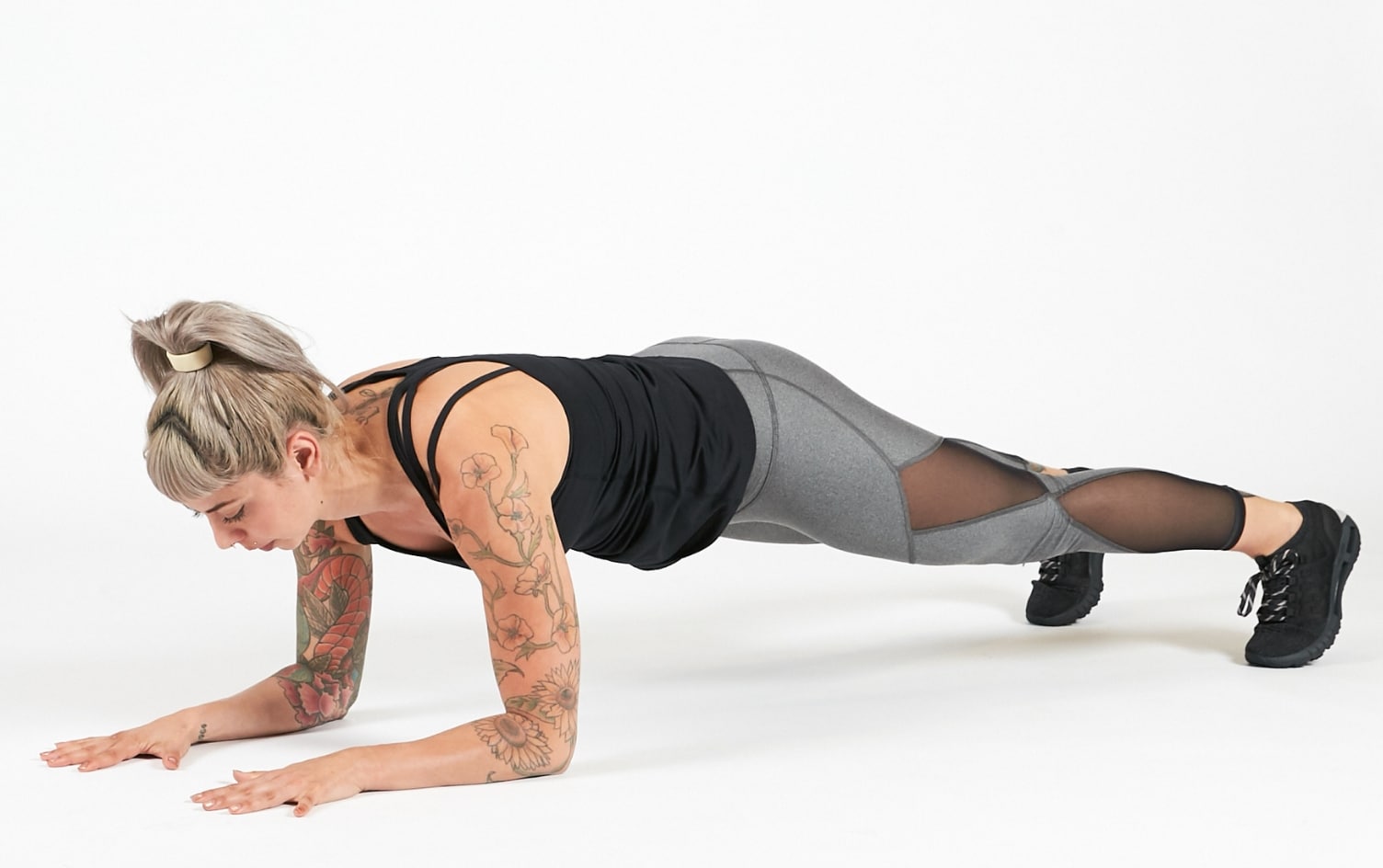
Why: The serratus anterior, a big muscle that wraps across the outdoors of your rib cage, helps transfer your arms in several instructions, stabilizes the arms and shoulders and protects in opposition to neck ache. Due to that, they’re an necessary muscle for inversions and arm balances.
The transfer: Come into plank. Preserving your arms straight, slide your shoulder blades towards one another then outward away from one another.
SLIDING HAMSTRING CURLS
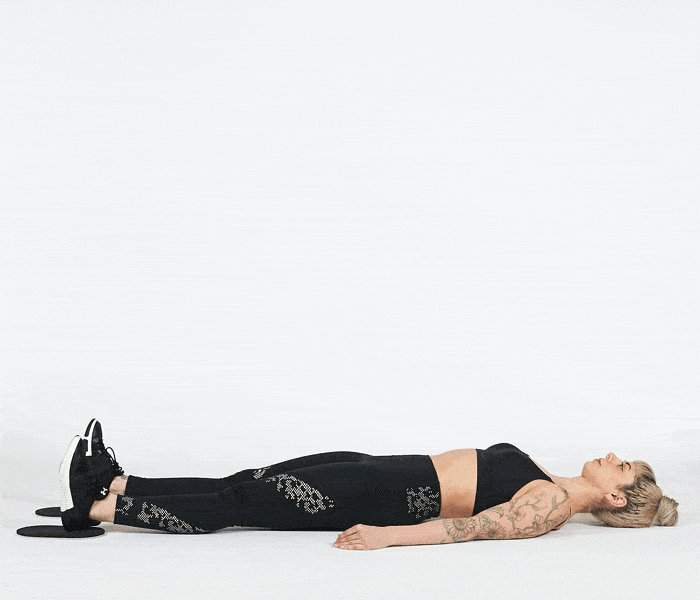
Why: Warrior, lunge and chair pose all deal with the quads whereas inserting little, if any, emphasis on the hamstrings. The hamstrings stabilize the hips and preserve the backbone correctly aligned. Sturdy hamstrings assist preserve good posture and stop leg accidents. This hamstring curl variation requires activation each as you raise and decrease whereas additionally demanding glute and core stabilization and engagement.
The transfer: You don’t want any weights, however you’ll need two small towels or gliders and a easy, flat flooring. Lie in your again together with your knees bent, heels immediately beneath your knees and arms by your aspect. Flex your toes towards the sky so your heels are urgent into the bottom. Contract your abdominals, and with out rounding your again, squeeze your glutes to raise your hips into bridge pose. Exhale and slide your heels away out of your physique, extending the legs. Inhale and slide your heels again towards your butt. Cease when your heels are beneath your knees once more.
SQUATS WITH LEG LIFT
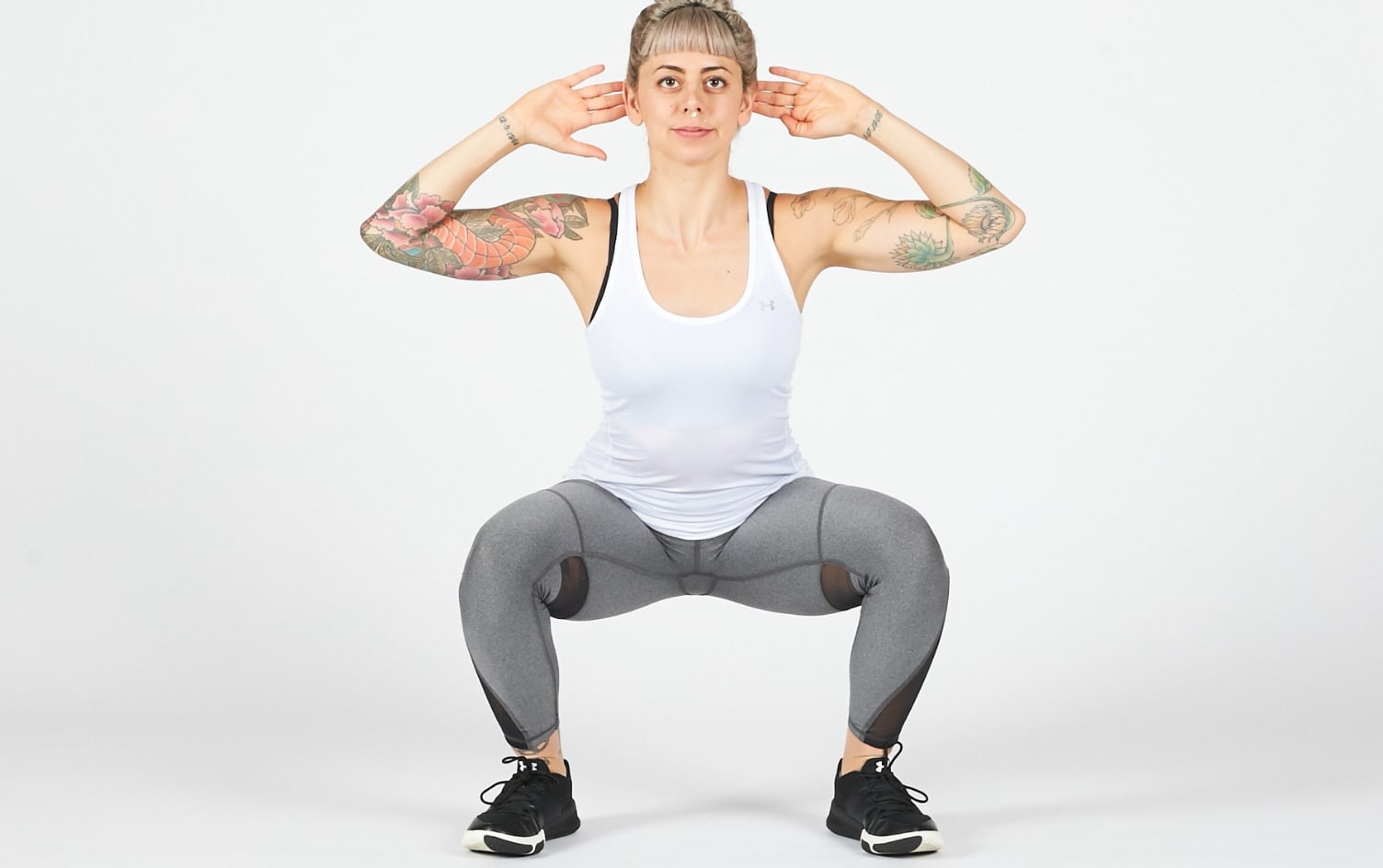
Why: In backbends, yogis are informed to calm down the glutes. Whereas there are glute-strengthening postures (howdy, chair), the naturally versatile amongst us have misplaced a lot sensitivity we have a tendency to make use of different muscle groups and aren’t totally partaking our glutes. Squats construct leg and glute power and promote mobility and steadiness. Including the leg raise encourages the standing reverse hip to stabilize as you’re feeling the encircling muscle groups kick in.
The transfer: Stand together with your toes hip-width aside. Bend your knees and push your butt again to decrease right into a squat. Stand again up and raise your proper leg out to the aspect, holding your knee straight. Decrease your proper leg. Squat once more and raise your left leg as you stand again up. To make this more difficult, place a band round each legs simply above the knees or maintain dumbbells.
WRIST CURLS
Why: These muscle groups are used to raise and grasp. Strengthening them helps with postures like chaturanga and crow that place a majority of your weight on the wrists.
The transfer: Stand tall, toes hip-width aside, in mountain pose with a dumbbell in every hand. Bend your elbows to 90 levels and preserve them tucked in opposition to your waist. Flip your palms to face up. Inhaling, flex your wrists so the knuckles level down towards the ground. Exhaling, level your knuckles up towards the ceiling.







